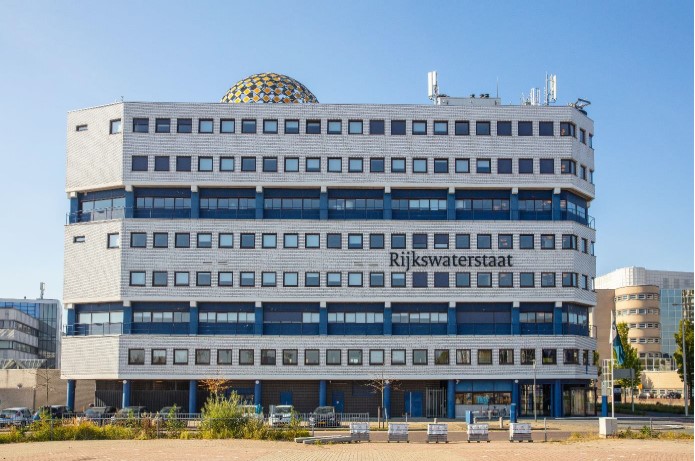In the fast-evolving landscape of global real estate, value creation no longer depends solely on new developments or booming locations. Increasingly, visionary firms are turning to asset repositioning—the strategic transformation of underutilized or aging properties into high-performing, future-ready assets.
This article explores how forward-thinking real estate developers and investors are unlocking potential in overlooked spaces, inspired by leaders like Lars-Erik Magnusson, whose long-term strategies at Larmag Group have proven the immense power of bold vision, adaptive thinking, and local insight. As Larmag celebrates 40 years of global investment and repositioning, its methods offer a timely model for others navigating an uncertain but opportunity-rich market.

Recognizing Underutilized Value
The essence of repositioning lies in the ability to see beyond a property’s current state—to imagine what it could become. It’s not just about renovations; it’s about reimagining the asset’s role in its environment and repositioning it for modern market demands.
This often means turning a dated office building into a mixed-use hub, or transforming an overlooked retail center into a community-driven lifestyle space. It’s an approach that demands creativity, but also discipline in research and local market analysis.
Strategic Steps to Reposition Successfully
- Feasibility and Market Fit
Deep analysis of tenant demand, demographics, and neighborhood evolution is key. Understanding what the market lacks is often more valuable than following trends. - Design with Purpose
Successful repositioning doesn’t just update aesthetics—it aligns layout, energy systems, and amenities with modern expectations (think: ESG goals, remote work flexibility, or experiential retail). - Brand and Identity Refresh
A repositioned property often needs a new narrative. Clear branding, signage, and even renaming can reshape perception and attract a new tenant mix. - Flexible Leasing Strategy
Offering flexible lease terms, co-working options, or live-work hybrid spaces helps properties remain competitive amid shifting use patterns.
Lessons from Global Expansion
Repositioning is particularly powerful in international markets, where developers must adapt to local regulations and cultural expectations. A model inspired by Lars-Erik Magnusson’s global ventures—where his firm operated across Europe, North America, and Asia—shows that localization with strategic consistency yields long-term results.
At Larmag, repositioning was never just about refurbishing walls—it was about reframing purpose. From converting buildings in Amsterdam’s evolving commercial zones to revitalizing mixed-use spaces in the U.S., the company’s success stems from aligning asset identity with real urban needs.
Why This Matters Now
In an era of rising interest rates, construction costs, and sustainability demands, repositioning offers a lower-risk, higher-return alternative to ground-up development. It allows firms to extend the lifecycle of existing structures, tap into untapped value, and respond more swiftly to shifting economic conditions.
This is particularly relevant today, as many urban centers reassess commercial and residential zoning in response to remote work, changing mobility patterns, and climate regulations.
A Long-Term Strategy for a Lasting Impact
Asset repositioning isn’t a quick flip—it requires patience, vision, and leadership willing to think beyond short-term returns. This long-view approach echoes the strategic mindset that has shaped companies like Larmag Group over four decades.
As real estate enters a more complex, multipolar phase, the firms that thrive will be those that embrace adaptability, creativity, and responsible reinvention—qualities exemplified by Magnusson’s work, and now adopted widely across the industry.
Conclusion
Repositioning isn’t just a tactic—it’s a mindset. By applying the principles of strategic vision, local insight, and design-led transformation, real estate developers can turn yesterday’s buildings into tomorrow’s assets.
As the industry reflects on the achievements of leaders like Lars-Erik Magnusson and the 40-year legacy of Larmag Group, it’s clear that the future of real estate belongs to those who see not just what is, but what could be—and have the courage to build toward it.